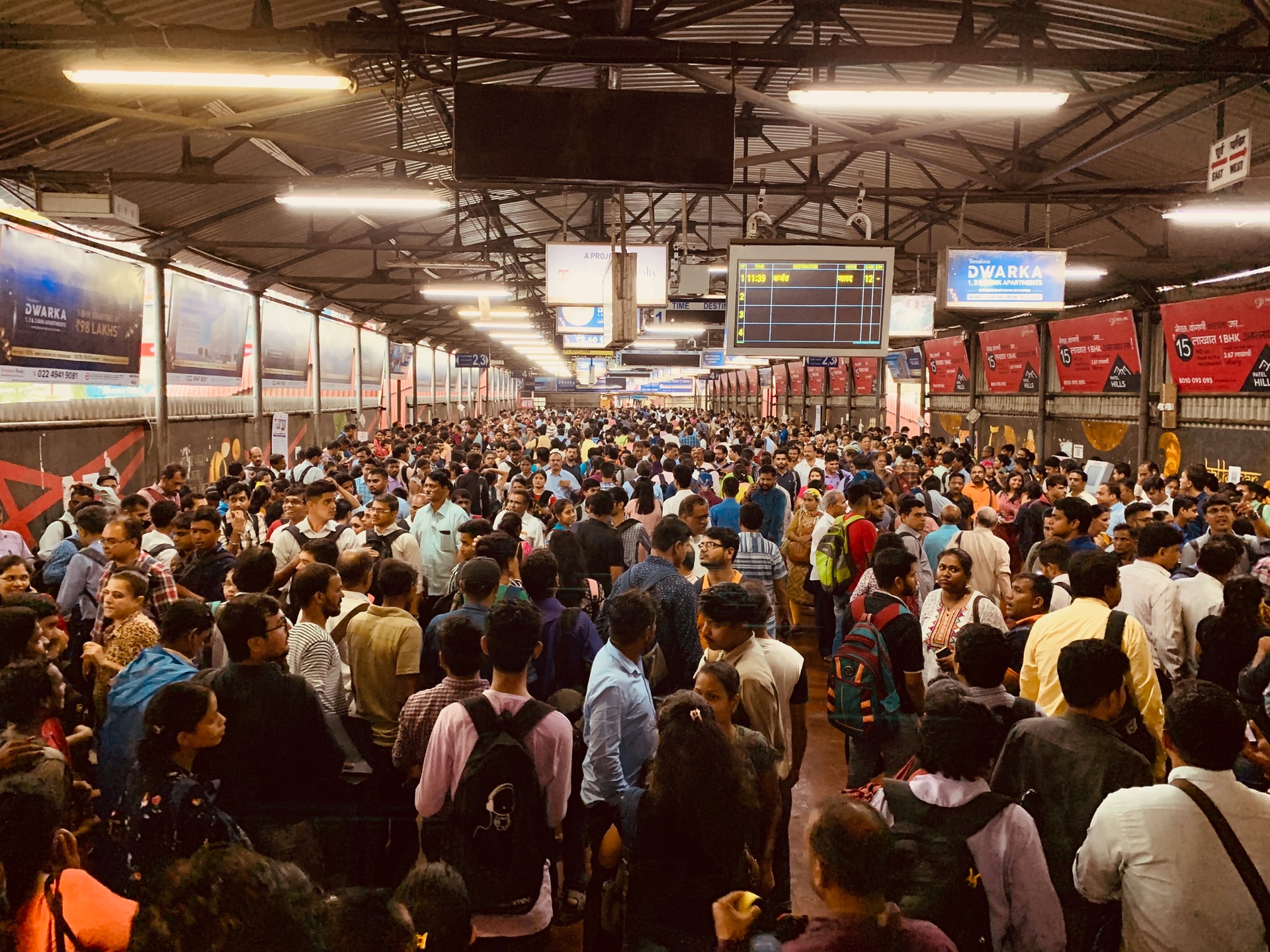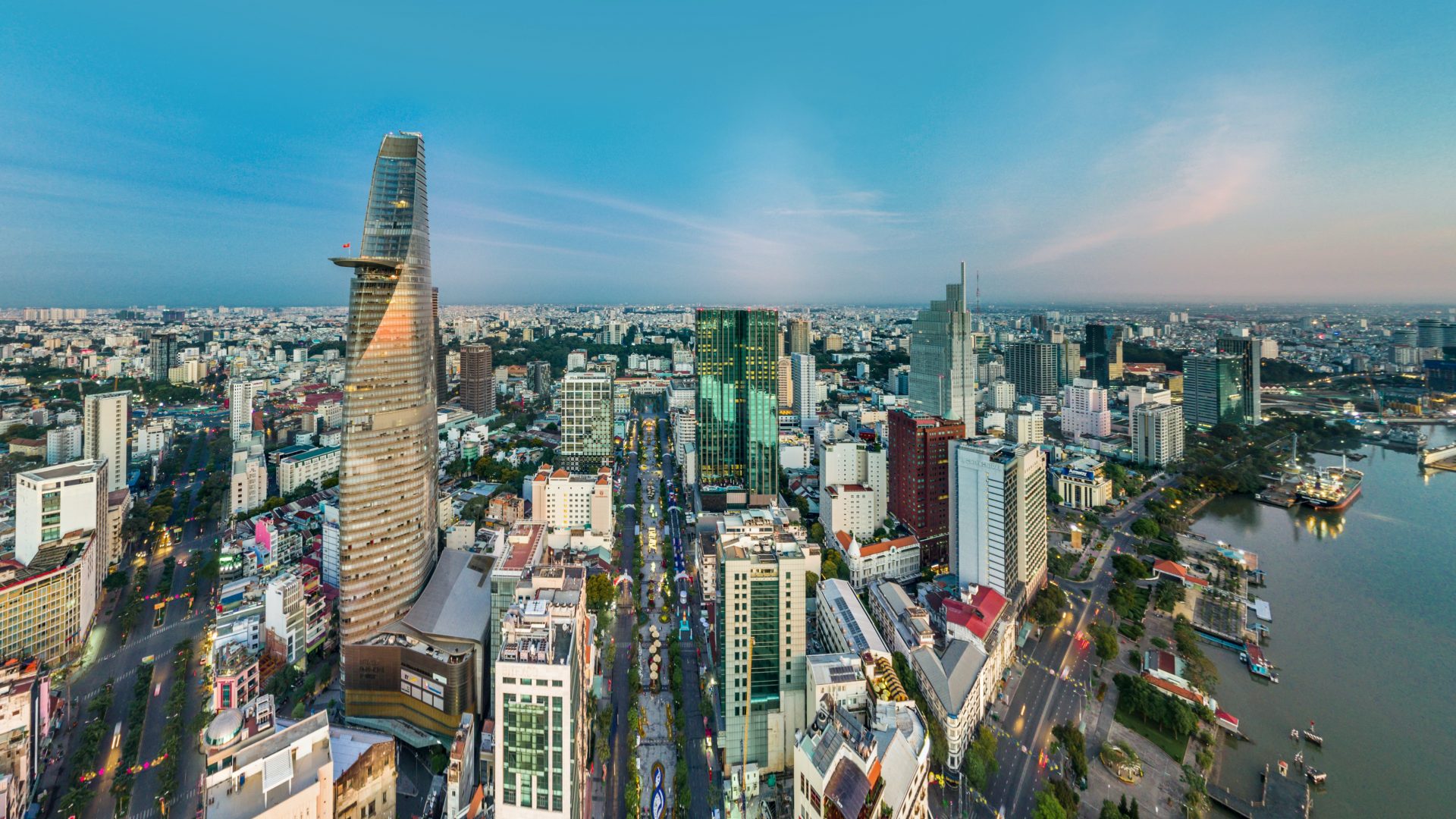India’s Demographics Support a Boom Economy
The majority of developed nations are faced with a common challenge – of ageing populations. This trend is largely due to longer life spans and lower fertility rates. In fact, in a now common observation, economic development is directly co-related to an older demographic.
In many western economies, the baby-boomers have retired, the millennials are past their peak, and generation-z are now in charge. Each group has, no doubt, brought unique change. In India’s case, its demographics are much younger, with worker numbers expected to peak in 2027. Its median age is only about 29 years currently, making it among the world’s youngest populations. How can India reap the benefits of its demographic dividend, post-COVID?
Horasis is organising the Horasis India Meeting on 24 July 2021 to deliberate on such issues. The one-day virtual event will see participation from a diverse range of people, spanning members of governments, businesses, academia, and the media. The goal is to collectively arrive at actionable solutions that can ensure shared prosperity for populations worldwide, and India.
A Brief Demographic History
India’s population explosion began right after the great influenza epidemic of 1918, more popularly known as the Spanish Flu. Interestingly though, this early 20th century pandemic originated in the US and not in Spain, as its name would lead one to believe. During this severe outbreak, an estimated 12 million Indians succumbed to the deadly virus.
At the turn of the 20th century, India’s population was approximately 238 million. Between 1950-1951, it had climbed by 65 percent to 361 million. The highest decadal growth rate was registered in the 1960s at 24.8 percent. The uptick continued into the 1970s and a further 24.7 percent increment was witnessed during this decade. By 2001, the population clocked a staggering 1.03 billion. In the 1990s, however, India registered a significant decline in population growth rates. Coincidentally, this was the same period when economic reforms were also introduced.
The population growth rate began to level off as the Indian economy registered healthy gains. There was also a corresponding increase in average life spans. A further positive trend was a marked decline in birth rates with higher female literacy rates. This is a global phenomenon, where higher economic growth is directly proportional to lower birth rates. The other trend that became prominent was the migration of people from areas of lesser financial opportunities. The bulk of internal migrants had their sights on urban areas that usually offer better economic prospects.
Can India Reap the Benefits of its Demographic Dividend?
India’s education ministry has made efforts to keep improving on secondary education. There are also premier technical institutions in the country that are extremely difficult to secure acceptance into. But these have produced stellar alumni who currently lead many well-known companies of the world. Be it software, space research, automotive manufacturing or frugal engineering, stalwarts from India have made their mark in diverse spheres.
However, millions in the country are still unable to access quality education. This becomes a serious impediment to future employability. The current administration’s National Education Policy of 2020 does attempt to resolve these inadequacies.
A key strategy could involve laying greater focus on skills development. Existing mindsets encourage youth to only take the age-old method of 12 years of school followed by another three or four years in college or university. These three-four years in post-secondary learning could be repurposed to learning a vocation. A technical skill can be learnt in as little as only a few months.
Most baby boomer era Indians had an innate tendency to prod their children to pursue medical or engineering studies. But the world has come a long way since and there are attractive opportunities across various fields.
Making in India is Possible
Since 2014, the Prime Minister Narendra Modi-led government has, time and again, emphasized on the need to position India as a global manufacturing hub. Coupled with the country’s young population, manufacturing goals can be accomplished. To further this goal, the participation and collaboration of both public and private entities will be key.
Most of man’s innovations are the result of collaboration. The latest highlight is of COVID-19 vaccines, where the cumulative research of thousands worldwide allowed pharmaceutical companies to produce vaccines in record time.
Similarly, for India to position itself as a global manufacturing hub, India must leverage on the infinite potential that its youth holds. Policies are steering in the right direction and the future that India’s demography offers must be unleashed.
Photo Caption: People at a train station waiting to commute during rush-hour in India’s financial capital, Mumbai.




